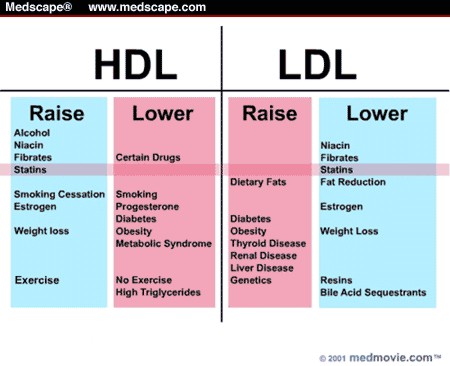 Condiments containing lipids - fats and cholesterols. Stock photo.
Condiments containing lipids - fats and cholesterols. Stock photo.
It’s easy to look around and see that obesity rates are on the rise. The shocker is by how much and how fast.
In the past three decades, obesity among young American has increased from five percent to more than 17 percent, according to Ashleigh May, an epidemic intelligence officer in the Center for Disease Control and Prevention’s division for heart disease and stroke prevention.
“Overweight and obese young people are at far greater risk of having abnormal lipid levels than young people with normal weights,” said Ms. May, commenting the agency’s latest report - Recommended Community Strategies and Measurements to Prevent Obesity in the United States.
Lipids are basically fats, such as triglyceride and steroids, like cholesterol. “Abnormal lipid levels are major risk factors for heart disease,” said Ms. May, adding that, “typically heart disease develops in adulthood, but its risk factors - such as abnormal lipid levels, and being overweight or obese - often emerge during childhood or adolescence.”
 High-Density Lipoprotein - good cholesterol / Low-Density Lipoproteins - bad cholesterol.
High-Density Lipoprotein - good cholesterol / Low-Density Lipoproteins - bad cholesterol.
The report found “approximately two thirds of U.S. adults and one fifth of U.S. children were either obese or overweight,” and that, “being either obese or overweight increases the risk of many chronic diseases (e.g. heart disease, type 2 diabetes, some cancers, and stroke).”
Researchers at Harvard School of Public Health found similar findings, estimating that “17 percent of children and adolescents aged two to 19 years are considered overweight. Early obesity not only increases the likelihood of adult obesity, it also increases the risk of heart disease in adulthood, as well as the prevalence of weight-related risk factors for cardiovascular disease such as high blood pressure, high cholesterol, and high blood sugar.
“Being overweight is at least partly responsible for the dramatic increase in diagnoses of type 2 diabetes mellitus (formerly called adult-onset diabetes) amongst children. In the U.S. the nationwide SEARCH for Diabetes in Youth Study found that type 2 diabetes accounted for only six percent of cases in non-Hispanic white children ages 10 to 19 years, but anywhere from 22 to 76 percent of new cases in other ethnic groups.”
Dr. Christopher Duggan, a gastroenterologist with Children’s Hospital Boston explained that some contributing factors to excess body fat in teenagers are “increased insulin levels, elevated lipid and lipoprotein levels, and high blood pressure.”
Contributing behavioral factors to obesity, according to Duggan, include more sedimentary lifestyles and excessive intake of high energy foods.
In their study, researchers at Harvard School of Public Health found that “America’s overweight teens consumed an average of 700 to 1,000 calories more than required each day over a 10-year period. The energy gap, or imbalance between the number of calories children consumed each day and the number they required to support normal growth, physical activity, and body function, resulted in an average of 58 extra pounds for overweight teens.”
How many calories someone should take in on a daily basis varies depending on factors including: gender, age, height, and exercise level. A useful site with a calorie calculator taking these variables into consideration is Freedieting - The Weight Loss Guide.
Related GreenVitals Articles
- Women With Lifelong Obesity Suffering More Illnesses in Senior Years, Says Harvard Study
- More Fruits and Vegetables in Kids Diets Means Lower Risk of Early Heart Disease, Say Experts
Reader comments and input are always welcomed!